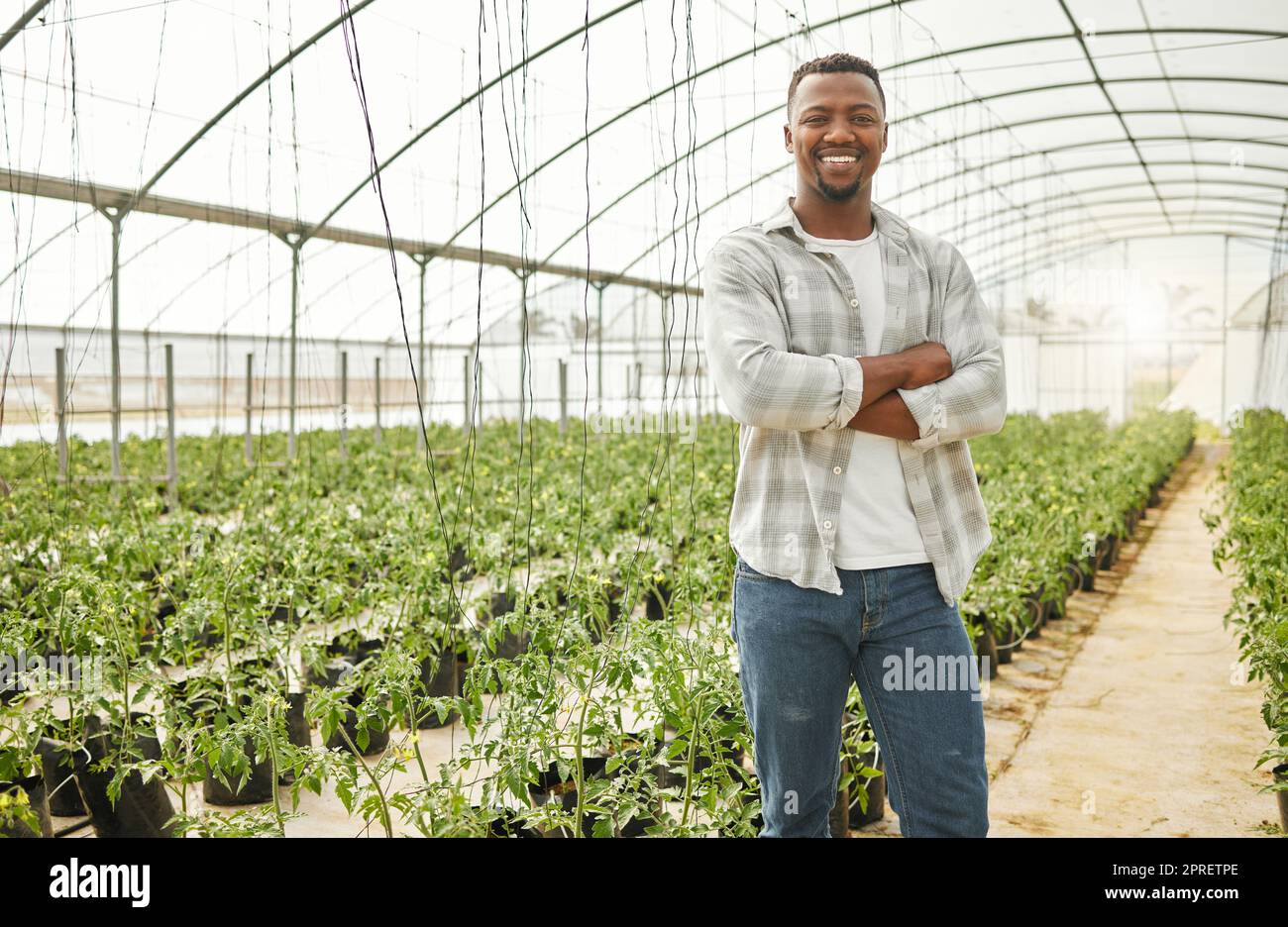Cultivating a Thriving Garden: Tips for Getting your Crops to Flourish
For gardeners and farmers few feelings compare to walking through your fields and seeing your crops growing tall and strong. After months of hard work sowing seeds, tending soil and nurturing your plants, it’s rewarding to see a bountiful harvest ready for picking. If you want to ensure your crops are doing well and reach their maximum potential, follow these tips
Choose the Right Crops for Your Climate
The first step to growing robust crops is selecting varieties that are well-suited to your region’s climate and growing conditions. Heat and cold tolerant crops, for example, will fare better than varieties that thrive in moderate temperatures. Talk to other local growers or check with your extension office to learn what crops grow best in your area.
Prepare the Soil ProperlyHealthy soil is vital for plants to grow, so take time to improve your soil before planting. Add compost and organics to increase nutrients and tilth. Test the pH and amend the soil as needed to fall within the optimal range for your crops. Remove weeds and debris and break up compacted areas. Starting seeds in rich loose, nutrient-filled soil gives them an advantage.
Use Quality Seeds
High quality seeds that are bred for vigor and disease resistance can better withstand pests and stresses. When starting with strong, viable seeds you’re giving your crops a head start. Stay away from bargain seeds of dubious origin. Purchase fresh seeds each year from a reputable supplier. Store seeds properly in a cool, dark place to maintain viability.
Water Thoroughly and Consistently
Inconsistent watering causes stress. Monitor soil moisture and water plants regularly, providing enough water to saturate the root zone. Avoid overhead watering that can foster diseases. Use drip irrigation, soaker hoses or careful hand watering. Add mulch to help retain moisture. Drought stressed plants become vulnerable to insects and pathogens.
Control Weeds
Weeds compete with crops for water, nutrients and sunlight. They can quickly overwhelm young seedlings. Stay vigilant and remove weeds mechanically or chemically before they go to seed. Use mulch or landscape fabric to suppress weeds. Hand pull stray weeds and maintain a schedule for mechanical cultivation between crop rows.
Fertilize at the Right Times
While fertile soil provides a base of nutrition, you often need to supplement with additional fertilizer for the best growth. Apply organic fertilizers like compost before planting. Use balanced chemical fertilizers when plants are rapidly growing. Avoid over-fertilizing which can damage plants and leach into groundwater.
Monitor for Pests and Diseases
Inspect plants frequently for signs of insects, diseases, nutrient deficiencies, or environmental damage. Address issues promptly to avoid spreading. Know the common diseases for your crops and treat them early. Remove heavily infested plants. Maintain cleanliness and ample spacing between plants for air circulation.
Support Plants as They Grow
Install stakes, trellises and cages to support climbing crops and prevent fruit from touching the ground. Hill soil around potatoes and other root crops. Prune away dead or diseased branches. Position taller plants to avoid shading smaller crops. Guide vine crops to their supports to keep aisles clear.
Harvest at Peak Maturity
Timely harvesting preserves quality and flavor. Crops like lettuce and broccoli should be picked promptly at their prime for best taste. Allow fruit and storage crops to fully ripen on the vine or stem before picking. Know the optimal stage of maturity for each of your crops. Handle produce gently to avoid bruising.
By starting with vigorous varieties suited to your climate, tending your soil, providing consistent moisture, controlling pests, and harvesting at the right times, you’ll find your crops thriving in your fields and gardens. Paying attention to plants’ needs and taking preventative measures leads to bountiful yields. With a little luck from Mother Nature, your crops will flourish.
My Crops Are Doing Well Irrigation Is The Future
FAQ
How can I make my crops grow better?
Why are my crops growing so slow?
Is irrigation worth it manor lords?
Why are crops failing?

